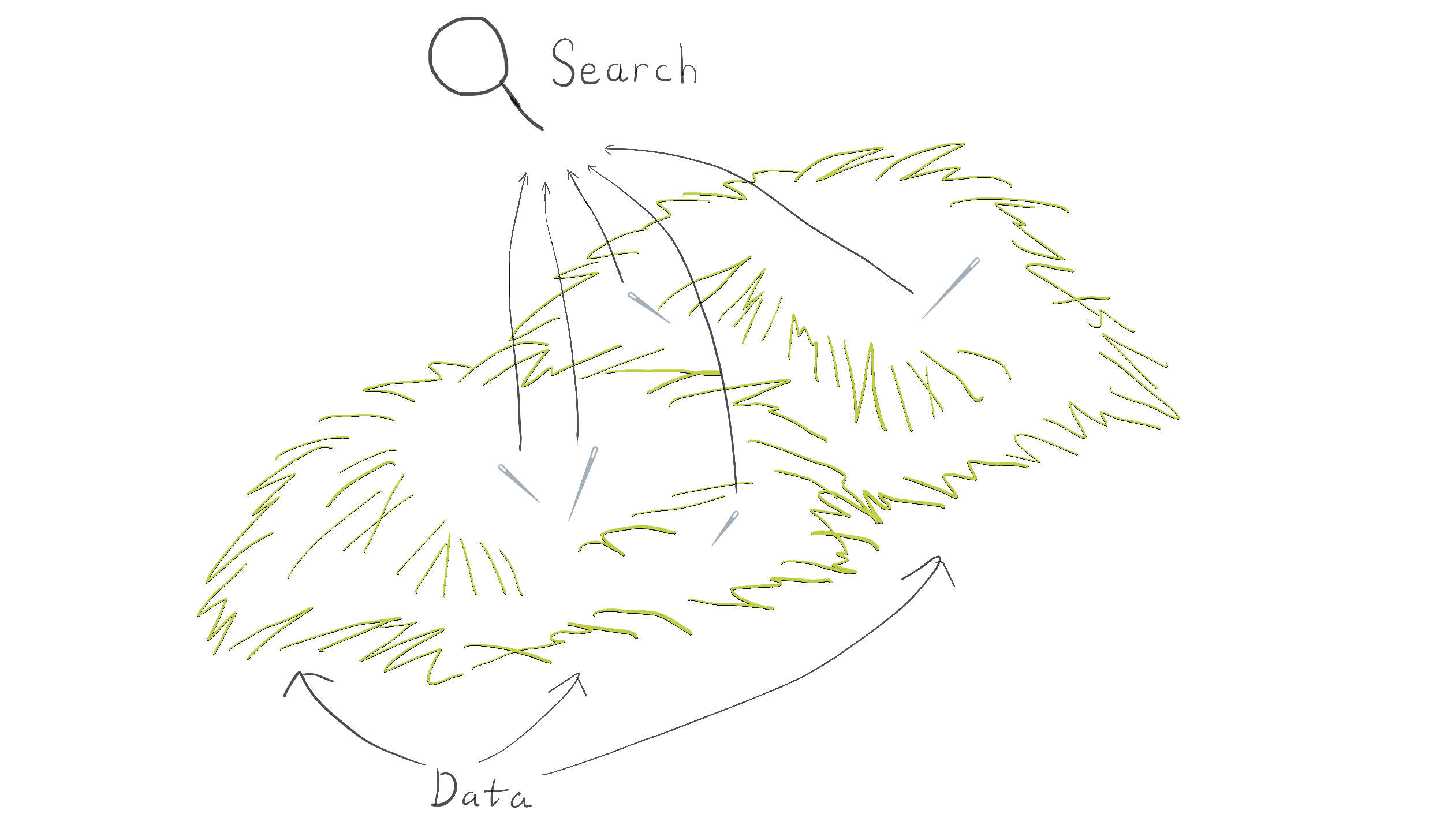The Graphium Labs Blog
Experience Report: Vector Embeddings for Semantic Search
If you are considering using vector embeddings for semantic similarity search as a core part of the system you’re building, then at the very least set up a test system to rapidly validate embedding models early in your development phase.
The End of Lookup - Rethinking Search as Infrastructure
Traditional keyword search is failing. A new, context-aware, intent-based search is emerging as essential infrastructure for better decision-making.
Understanding 100% Precision and 100% Recall—And Why It Matters More Than You Think
Precision and recall aren’t just technical jargon—they make up the difference between trust and risk in modern search systems. And they matter more than most people think.
The Physical Properties of Data - Part 2: Working with Gunther's Universal Scalability Law
Key Takeaways
Measure your linear scaling factor, as it defines the best-case-scenario for your system design.
Estimate or measure the critical limit value beyond which the system performance degrades if additional scaling occurs.
Make an effort to stay to the left of that point.
If your system goes over that limit, it will likely experience a cascading catastrophic failure.
This will help you understand where you are on the scaling life cycle and therefore how close or far you are at any given time to a critical failure point.
Similarity-Based Search in Recommendation Systems
A key element in recommendation systems is the concept of similarity. This is usually the first thing anybody who's building a recommendation system for the first time will try to do is identify which entities or objects in their dataset are similar to others, and by how much (e.g. finding items on a store that are similar to the item that a user is currently looking at or has just purchased).
But the concept of similarity measurement is itself non-trivial, and the systems required to produce high quality search results based on a similarity measurement each bring their own challenges and limitations.
This post explores these concepts, challenges, and limitations.
The Physical Properties of Data (Part 1)
We often treat data as a purely digital or virtual thing; an ineffable signal that lives somewhere within (and perhaps between) our computers, our devices, and the cloud (AKA other people's computers). However, despite the seemingly clean abstraction, data is fundamentally physical; it is rooted in real-world material components, whose physical characteristics and constraints shape and control everything that we can and cannot do with our data.
The (Real) Revolution under the AI Revolution
We've seen a lot of money, time, and effort spent on the development of LLMs, and the consequent development of tools using those LLMs. And while there is a lot of potential, and some industries are better equipped to leverage it, the actual business value realization has been underwhelming. Some folks are calling the AI hype a bubble, while others are saying it's the next industrial revolution. Time will tell, but I think the truth is somewhere in the middle: underneath the hype, there’s a real and very physical revolution powering this explosive innovation.
Introducing Graphium Labs’ database & compute platform
Data is the lifeblood of modern business. From daily operations to big-picture strategies, everything revolves around it. But there's a catch: the more data you have, the harder—and more expensive—it gets to manage. You might not notice it right away, but as your business grows, so do the inefficiencies lurking in your data systems.








